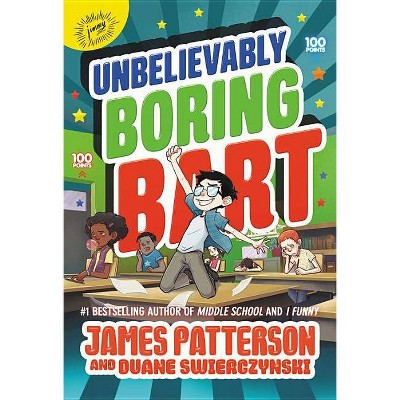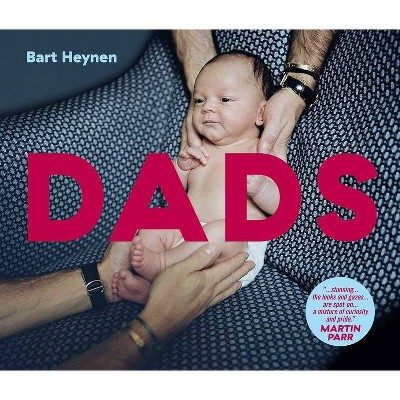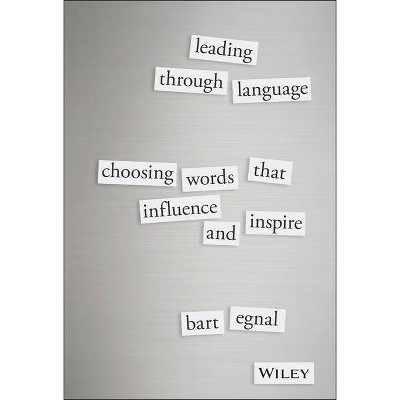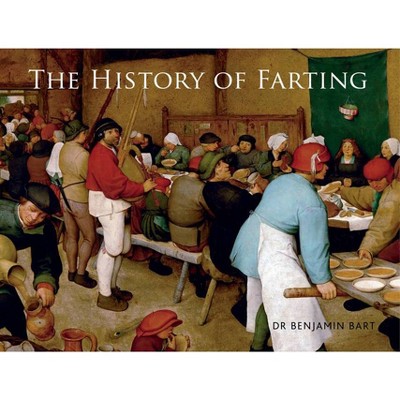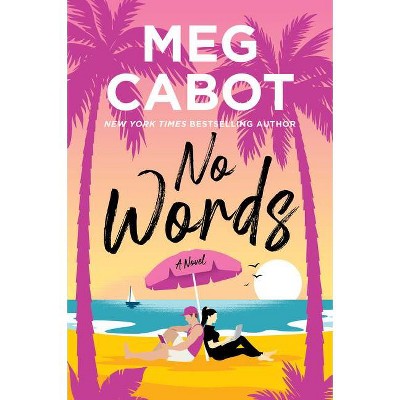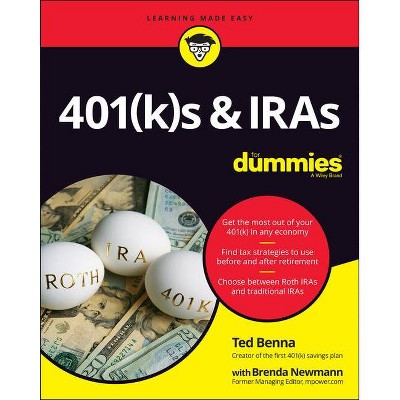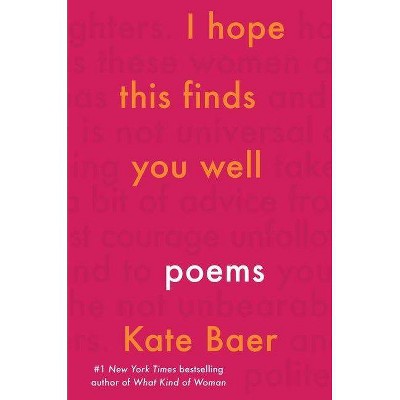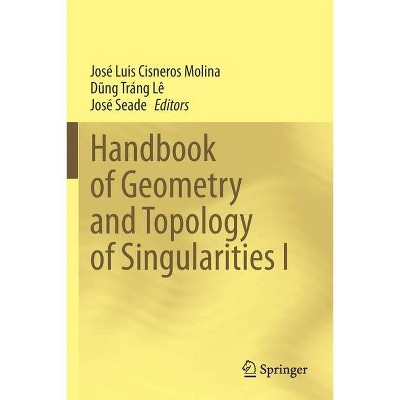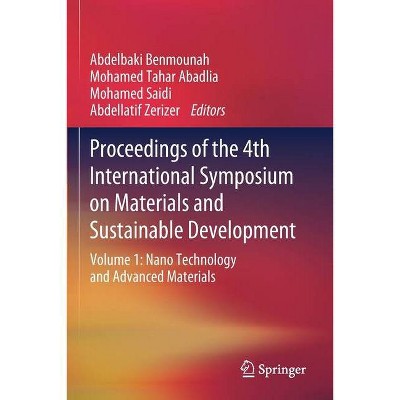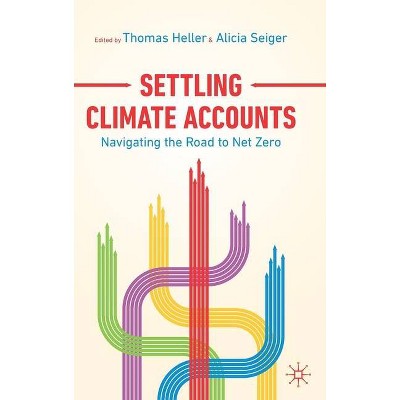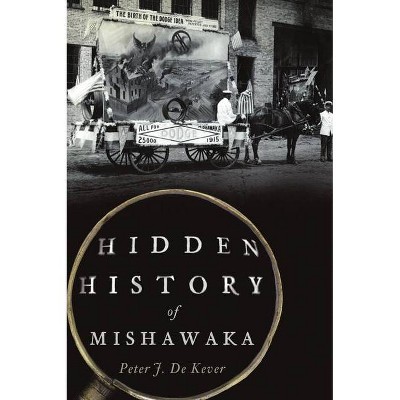Neo-Avant-Gardes - by Bart Vervaeck (Hardcover)
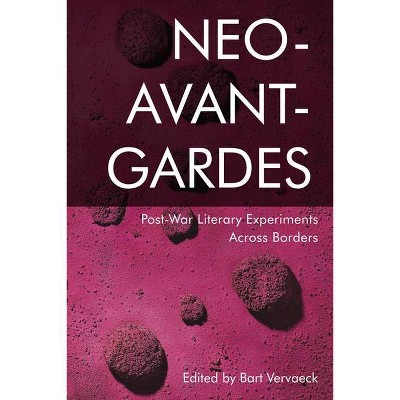
Similar Products
Products of same category from the store
AllProduct info
<p/><br></br><p><b> About the Book </b></p></br></br><p>A systematic transnational investigation of post-war literary experiments in Europe and the Americas.</p><p/><br></br><p><b> Book Synopsis </b></p></br></br><p>What are the forms in which the avant-garde returns after the Second World War? How does the literary avant-garde re-invent itself without losing its affinity with historical avant-garde currents such as surrealism and futurism?</p> <p>This book explores the international relevance of the concept of neo-avant-garde for the study of post-war literary innovations covering North American, Latin American, Caribbean, Austrian, French, British, Belgian, Dutch and German cases. Each of the twenty-one newly commissioned chapters combines theoretical reflection with practical analysis. Together, they provide a multi-faceted account of diverse group and trends, such as the New Realists, Black Arts Movement, Labris and the Vienna Group. They also focus on a wide range of authors, like Pierre Alferi, Amiri Baraka, Konrad Bayer, Mario Bellatín, Kamau Brathwaite, and Anna Kavan. In addition, they pay attention to specific techniques, including erasure, lyricisation, and montage, and to specific genres such as comic books, experimental fiction, and visual poetry. </p><p/><br></br><p><b> From the Back Cover </b></p></br></br>A systematic transnational investigation of post-war literary experiments in Europe and the Americas What are the forms in which the avant-garde returns after the Second World War? How does the literary avant-garde re-invent itself without losing its affinity with historical avant-garde currents such as surrealism and futurism? This book explores the international relevance of the concept of neo-avant-garde for the study of post-war literary innovations covering North American, Latin American, Caribbean, Austrian, French, British, Belgian, Dutch and German cases. Each of the twenty-one newly commissioned chapters combines theoretical reflection with practical analysis. Together, they provide a multi-faceted account of diverse group and trends, such as the New Realists, Black Arts Movement, Labris and the Vienna Group. They also focus on a wide range of authors, like Pierre Alferi, Amiri Baraka, Konrad Bayer, Mario Bellatín, Kamau Brathwaite, and Anna Kavan. In addition, they pay attention to specific techniques, including erasure, lyricisation, and montage, and to specific genres such as comic books, experimental fiction, and visual poetry. Bart Vervaeck is Professor of Dutch Literature and Narrative Theory at the University of Leuven.<p/><br></br><p><b> About the Author </b></p></br></br><p>Bart Vervaeck is Professor of Dutch Literature and Narrative Theory at the University of Leuven. He has published books on Dutch postmodern fiction (<i>Het postmodernisme in de Nederlandse en Vlaamse roman 2015</i>) and on the Dutch neo-avant-garde (<i>Op zoek naar een mens 2008</i>).His publications include the <i>Handbook of Narrative Analysis</i> (Nebraska University Press, 2005; 2nd edn, 2019), co-authored with L. Herman, and <i>Stories and Minds: Cognitive Approaches to Literary Narrative</i> (Nebraska University Press, 2013), co-edited with L. Bernaerts, D. De Geest and L. Herman. He co-ordinates ENAG (European Neo-Avant-Gardes), an international Research Network sponsored by FWO (the Flemish Foundation for Scientific Research), which brings together university scholars from Brussels, Ghent, Leuven, Liège, Paris, and Vienna.<p>
Price History
Price Archive shows prices from various stores, lets you see history and find the cheapest. There is no actual sale on the website. For all support, inquiry and suggestion messages communication@pricearchive.us
